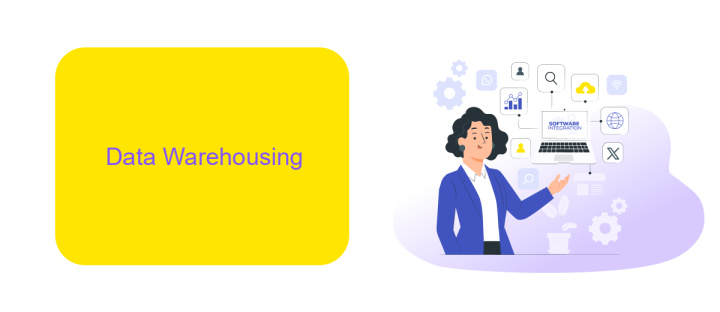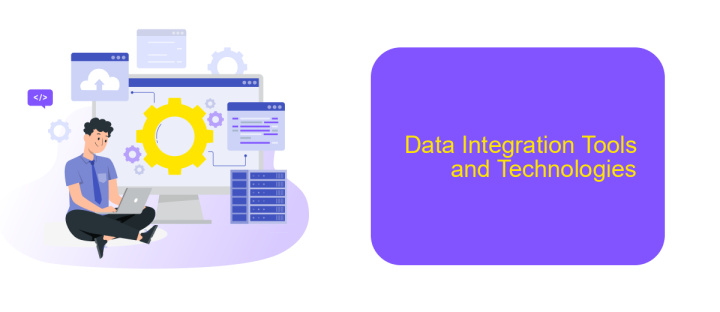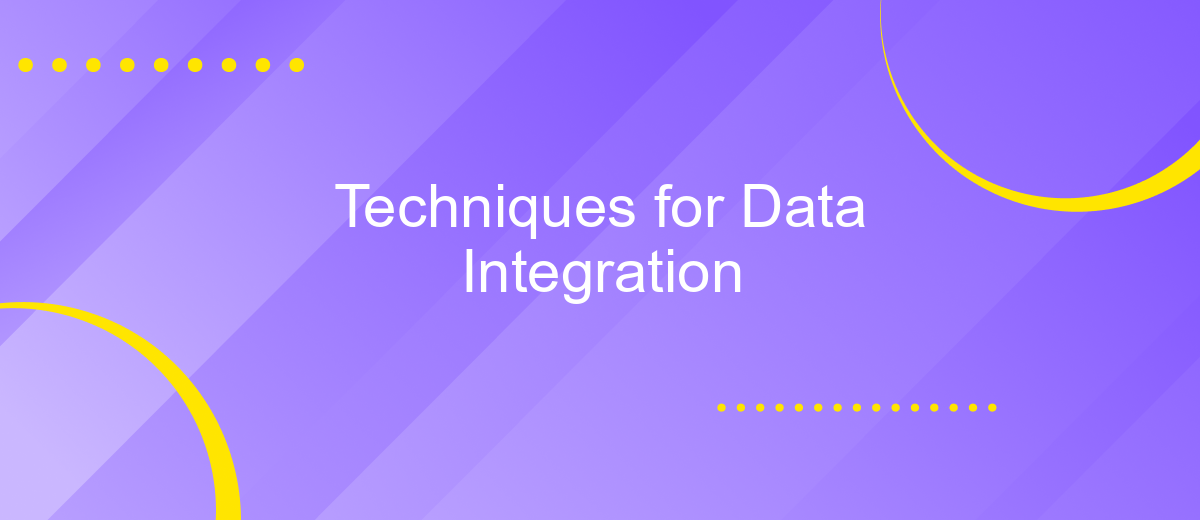Techniques for Data Integration
Data integration is a critical process in modern data management, enabling organizations to combine data from diverse sources into a unified view. This article explores various techniques for data integration, ranging from ETL (Extract, Transform, Load) processes to real-time data integration methods. Understanding these techniques is essential for ensuring data consistency, improving decision-making, and enhancing overall business intelligence.
Introduction
Data integration is a critical process in modern businesses, enabling the seamless merging of information from various sources to provide a unified view. This process involves combining data residing in different sources and providing users with a consistent view of it. Effective data integration is essential for making informed decisions, improving operational efficiency, and gaining a competitive edge.
- ETL (Extract, Transform, Load)
- Data Virtualization
- API Integration
- Data Warehousing
One of the key players in the field of API integration is ApiX-Drive, a service designed to simplify the process of connecting various applications and automating workflows. By leveraging tools like ApiX-Drive, businesses can easily set up integrations without extensive coding knowledge, ensuring that data flows smoothly between systems. This not only saves time but also reduces the risk of errors, making it an invaluable asset for efficient data integration.
Data Warehousing

Data warehousing is a critical component in the realm of data integration, providing a centralized repository for storing and managing vast amounts of data from disparate sources. By consolidating data into a single location, organizations can ensure consistency, accuracy, and accessibility, facilitating more informed decision-making processes. Data warehouses are designed to handle large volumes of data and support complex queries, making them indispensable for businesses that rely on data-driven insights.
One of the key advantages of data warehousing is its ability to integrate data from various sources, such as transactional databases, CRM systems, and third-party applications. Tools like ApiX-Drive can streamline this process by automating data transfers and ensuring seamless integration between different systems. With ApiX-Drive, businesses can set up custom workflows to synchronize data in real-time, reducing the manual effort required and minimizing the risk of errors. This not only enhances operational efficiency but also ensures that the data warehouse remains up-to-date, providing a reliable foundation for analytics and reporting.
Data Federation

Data Federation is a technique that allows for the integration of data from multiple sources without physically moving the data. This method provides a unified view of the data, enabling real-time access and query capabilities across different databases and systems. It is particularly useful for organizations that need to combine data from various departments or external sources without the complexity of data warehousing.
- Real-time Data Access: Data Federation enables real-time access to data, ensuring that users always work with the most current information.
- Cost Efficiency: By avoiding the need for data replication and storage, Data Federation can reduce costs associated with data management.
- Flexibility: This technique allows for the integration of diverse data sources, including structured and unstructured data, making it highly adaptable to various business needs.
Tools like ApiX-Drive can facilitate the implementation of Data Federation by providing seamless integration between different data sources. ApiX-Drive offers a user-friendly interface and supports a wide range of applications and databases, making it easier to set up and manage data federations. This ensures that businesses can quickly and efficiently access and analyze their data, driving better decision-making and operational efficiency.
Data Integration Tools and Technologies

Data integration tools and technologies are essential for combining data from various sources into a unified view. These tools facilitate the process of gathering, transforming, and loading data, ensuring it is accurate and readily available for analysis and decision-making.
Modern data integration technologies offer a range of features to streamline the integration process. They support various data formats, provide real-time data processing, and ensure data quality through validation and cleansing mechanisms.
- ETL (Extract, Transform, Load) Tools
- Data Integration Platforms
- API Integration Services
- Data Virtualization Tools
- Cloud-based Integration Solutions
One notable service in this domain is ApiX-Drive, which simplifies the integration of various applications and services through its user-friendly interface. ApiX-Drive allows users to automate workflows without needing extensive technical knowledge, making it an invaluable tool for businesses looking to enhance their data integration capabilities.
Case Studies
One notable case study involves a retail company that successfully integrated its various data sources to streamline operations and enhance customer experience. By using ApiX-Drive, the company was able to connect its CRM, e-commerce platform, and email marketing systems seamlessly. This integration allowed for real-time synchronization of customer data, ensuring that marketing campaigns were always up-to-date and targeted effectively. As a result, the company saw a 20% increase in customer engagement and a 15% boost in sales within the first quarter of implementation.
Another example is a healthcare organization that faced challenges in consolidating patient information from multiple databases. By leveraging ApiX-Drive, they managed to integrate their electronic health records (EHR) system with laboratory and billing systems. This integration not only reduced administrative workload but also improved the accuracy of patient data, leading to better-informed clinical decisions. Consequently, the organization reported a 30% reduction in data entry errors and a significant improvement in patient care quality.
FAQ
What is data integration?
Why is data integration important?
What are the common techniques for data integration?
How can automation be used in data integration?
What are the challenges in data integration?
Time is the most valuable resource in today's business realities. By eliminating the routine from work processes, you will get more opportunities to implement the most daring plans and ideas. Choose – you can continue to waste time, money and nerves on inefficient solutions, or you can use ApiX-Drive, automating work processes and achieving results with minimal investment of money, effort and human resources.

